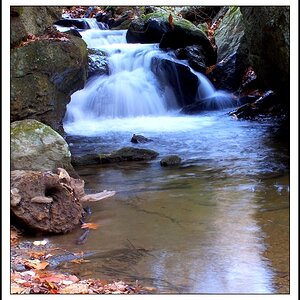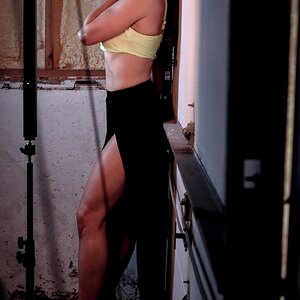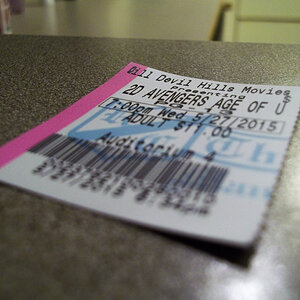paigew
Been spending a lot of time on here!
- Joined
- Nov 15, 2011
- Messages
- 3,881
- Reaction score
- 1,831
- Location
- Texas (Hill Country)
- Website
- www.paigewilks.com
- Can others edit my Photos
- Photos NOT OK to edit
I have had several attempts with photographing the night sky but usually when I upload them they are out of focus. I have tried focusing to infinity (did not work) and also zooming in and live view/manual focusing on the brightest star I can find. For some reason I am having issues getting the clear shots I am envisioning (maybe it's my eyesight  ) ....what are your focus tips?? Also, what is your favorite way to edit night sky photos? Any c&c on my edits is welcome!
) ....what are your focus tips?? Also, what is your favorite way to edit night sky photos? Any c&c on my edits is welcome!
f2.8 iso 400-800 20 second exposure. 16-35L lens
attached some shots that I did get focused (live view + zooming in + manual focus)
1

2

3

4. my fave shot composition wise that I am so bummed I missed It could be that my son was rushing me along for this one but I feel like focusing is so hit or miss!
It could be that my son was rushing me along for this one but I feel like focusing is so hit or miss!

f2.8 iso 400-800 20 second exposure. 16-35L lens
attached some shots that I did get focused (live view + zooming in + manual focus)
1
2
3
4. my fave shot composition wise that I am so bummed I missed


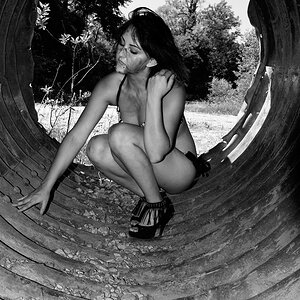

![[No title]](/data/xfmg/thumbnail/35/35597-714b74cc48992e5353856abfe325df68.jpg?1619737065)
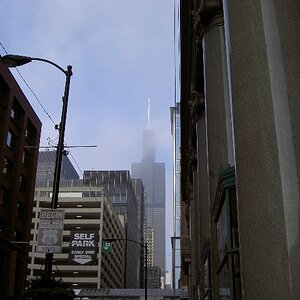
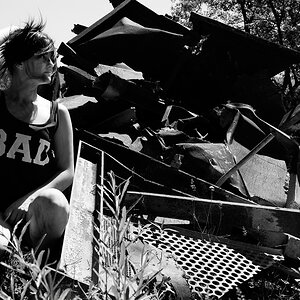
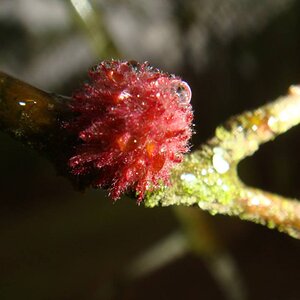
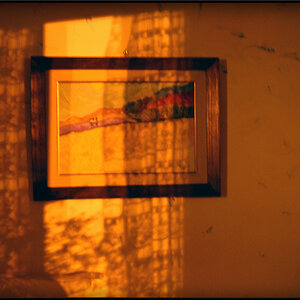

![[No title]](/data/xfmg/thumbnail/42/42453-e95056d39ba6f0ce0e7a7fff81041853.jpg?1619740190)
